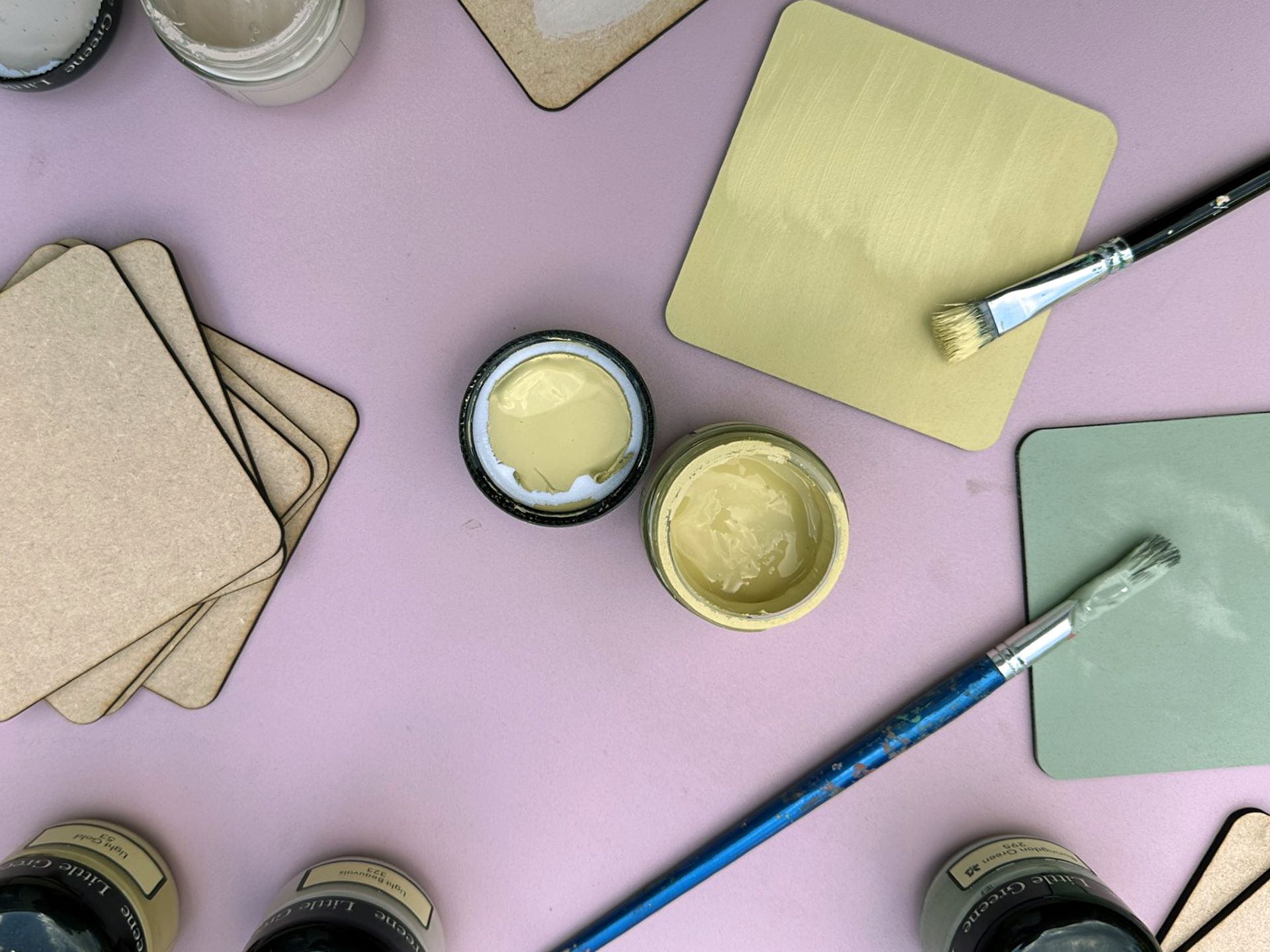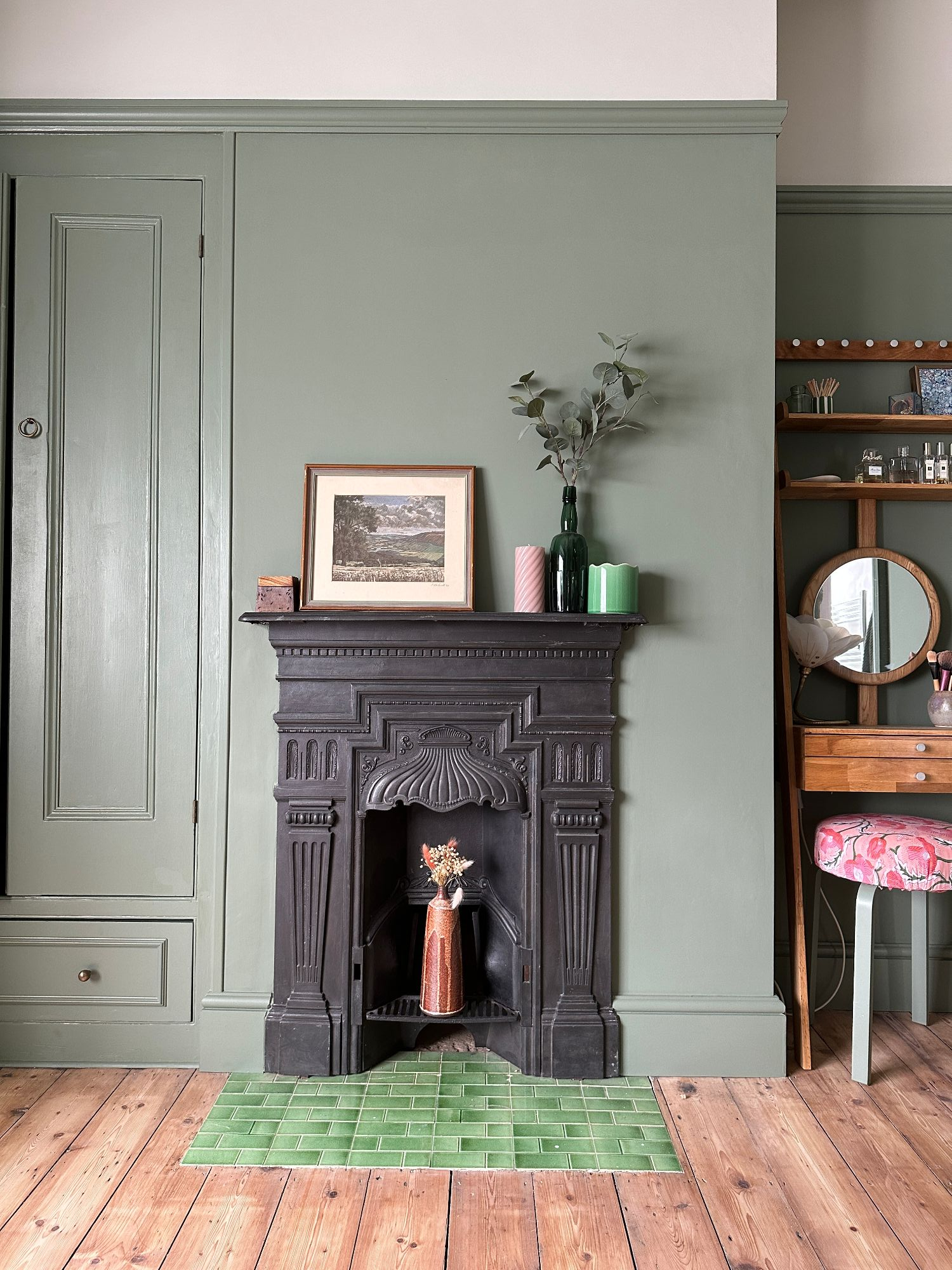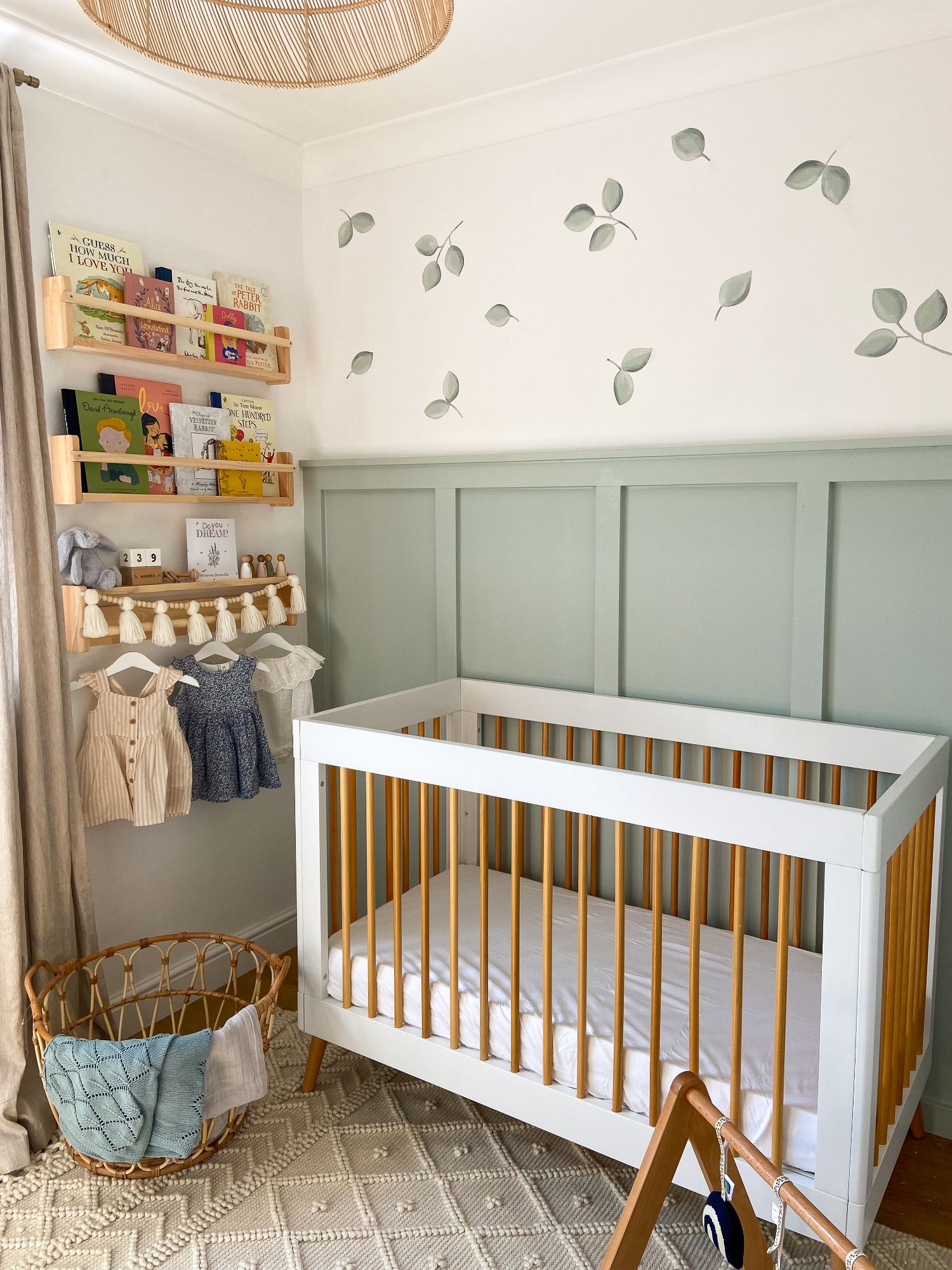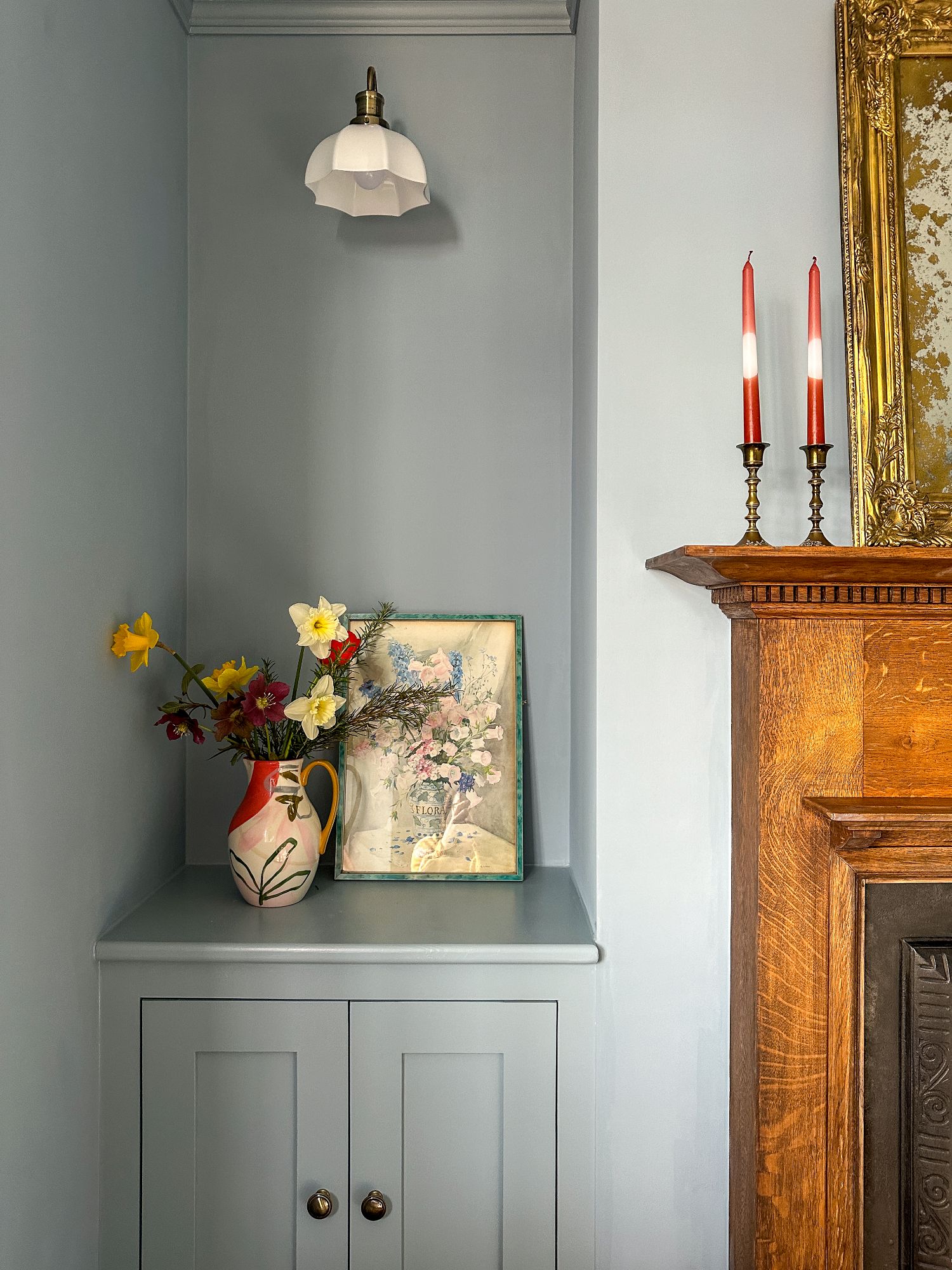HOW TO CHOOSE PAINT FINISHES

Can I use the same paint on my walls and skirting boards? What's the difference between satin and eggshell? Can I paint my radiator? Paint finishes can be a bit of a minefield, especially when paint brands tend to have different names for the same thing. I've compiled a list of the most popular paint finishes to help you decide which to use in your home.
PAINT FINISHES
Matt
With a very low sheen level of 2-10%, matt paint has a flat, chalky finish. Matt emulsion is the most popular option for walls and ceilings. It is very forgiving if you walls aren't a perfect flat finish, but, although you can buy wipeable versions, it is the least durable.
Eggshell
The clue is in the name with this one. The sheen is similar to that of an eggshell and is a popular choice for woodwork and metal. It's less shiny than satin with a level of 10-25%. It's also a good choice for high traffic areas such as hallways as it's wipeable, but it is less forgiving of imperfections on walls.
Satin
Satin, or satinwood, is more shiny than eggshell with a sheen level of 30-40%. It is mainly used on woodwork and is a good option for furniture and kitchen cabinets, as it's easy to clean.
Gloss
The shiniest finish, gloss has a sheen level between 80-95%. It is the most durable and is washable. It has been the traditional option for painting skirting boards, architraves and doors for a long time, but recently it's become more popular to use eggshell or satin. It comes down to personal choice, but it reflects light so is a good choice if you'd like to bounce some light around a dark room. You can also use it to paint front doors (ensure it's ok for external use) and pieces of furniture.
Floor paint
Most companies have specialist paints designed for floors. They come in a variety of sheen levels but are designed to be durable and washable.
Kitchens & bathrooms
Paint brands such as Rust-oleum and Dulux have developed specialist kitchen and bathroom paints. Some kitchen paints have a 'grease-proof' formula and some bathroom paints are made to be moisture and mould resistant. You should ideally choose something with a slight sheen as it will be easier to clean and be resistant to steam and moisture, however some brands offer suitable matt options, such as Little Greene and Benjamin Moore.

Some brands have developed 'all in one' paints which can be used across various surfaces. Farrow & Ball's Dead Flat Matt & Lick's paint ranges are two examples.

OIL OR GLOSS?
Paint for woodwork mainly used to be oil based, but in 2010, regulations on high VOC paints were introduced and most paint brands transitioned to water based formulas.

PRERARATION IS KEY
The best results will come from well prepped surfaces. Freshly plastered walls will need mist coating before applying paint. This is a watered down coat of matt emulsion straight onto the dry, fresh plaster. Old walls can be washed down with sugar soap and any imperfections can be filled and sanded. Make sure new woodwork is primed correctly with a primer and undercoat, and woodwork that is already painted will need wiping and sanding down to make sure the paint adheres.
TIPS
If you're still unsure, check the paint tin or website for the suitable uses. Generally, matt emulsion will be for walls, and the other finishes are more durable and suitable for woodwork and metal.
Chosen your finish but not sure on the colour? Get some tester pots so you can see how it looks at different times of day. I've written another blog post on the best way to use your tester pots, so click here to make sure you get it right every time.

Comments